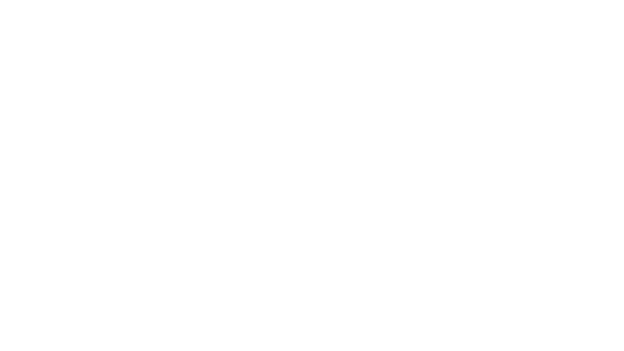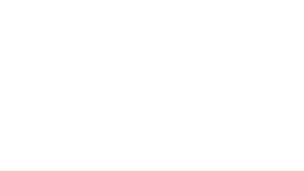Edith Cavell: Mystery surrounds Norfolk war nurse pottery
- Published

The collection of pottery was found during a Norwich attic house clearance
Experts say they are mystified about the origins of a rare Royal Doulton pottery service discovered in a Norfolk attic and believed to honour the memory of executed wartime nurse Edith Cavell.
The nurse helped more than 200 allied soldiers to escape from German-occupied Belgium before being shot by firing squad in 1915.
The six place settings of dinner plates, side plates, soup bowls, a teapot and sugar bowl were found during an attic clearance in Norwich and gifted to the Cavell Nurses Trust.
Produced under the Steelite mark, Royal Doulton's hotel range, the collection carries three hallmarks which Staffordshire ceramics experts dated to between 1968 and post-1983.
It is not known why the pieces were commissioned.

Royal Doulton owned the Steelite from 1971 to 1983
Joe Perry, researcher at the Stoke-on-Trent Potteries Museum, said: "The hallmarks throw up a strange range of dates.
"Our best guess would be the set was made near or after 1983, but utilised some pieces that had been manufactured prior to this but had yet to be decorated.
"The closest significant anniversary to Cavell's death would be 1985 marking 70 years - so the commemoration of Edith Cavell would seem the most likely reason for their production."
Edith Cavell, born at Swardeston, near Norwich, worked as a nurse at the Berkendael Institute in Brussels during World War I. Arrested in August 1915 for helping allied soldiers, she was executed within hours of her October trial.
Her body was exhumed from her execution site in 1919 and given a military escort to Dover and then on to Westminster Abbey, external for a memorial ceremony. She was finally laid to rest in the grounds of Norwich Cathedral.

The remains of Edith Cavell are buried at Norwich Cathedral
Alison Bradbury, of Steelite International, said the pattern on the pieces was produced by a Murray Curvex, external printing machine "but has not been manufactured in red and brown for the hospitality industry since the early 1980s".
"The badge looks like it was put on by a third party decorator," she added.
Ceramic credentials
Nick Miller, keeper of Cavell memorabilia for St Mary's Church, Swardeston, said: "I was hoping there might be some more detail showing on the plates and other items referring to Edith - as it is, it only has a head and shoulders picture of a woman and the word Norwich.
"That said, I have no doubt it is in memory of Edith Cavell, given the likeness of the portrait."
A variety of memorabilia was produced following Cavell's death.
Some raised money for the Cavell Rest Homes for Nurses, others were purely commercial items similar to those produced to commemorate a royal wedding.
Despite the likeness to the wartime heroine, Norwich Museum's curator of decorative art has questioned the service's Cavell credentials.
"This picture has the wrong style of cap, it looks as if she is wearing lipstick and is slightly soft and feminine, almost as if she's out of a fashion plate," said Francesca Vanke.

The dinner service will be put on public display in 2015 for Edith Cavell's centenary
"It may be the context at the time explained everything - if the pottery was made for a Cavell 70th anniversary party in the [Norwich] Edith Cavell pub, for instance - it wouldn't need to look like her, as everyone would know who it was meant to be.
"The other possibility, and one I think quite likely, is that this is not connected with Edith at all, but was the logo of a Norwich restaurant or hotel or similar."
It seems the exact origins of the crockery will be never be known as no records appear to exist as to the "third-party decorator".
Mr Miller said the collection will stay in Swardeston among the Edith Cavell memorabilia held in the village, with the hope of putting some of the items on permanent display in the village for the 2015 centenary of her execution.
- Published5 January 2013